Sony WF-1000XM5 review: forgotten and outdated or still the in-ear titan?
The Sony WF-1000XM5 are now a 2-year old flagship set of earbuds. Can they hang with the crew in 2025?
We may earn a commission if you make a purchase from the links on this page.

Sony has two types of flagship products when it comes to earphones. One is the over-ear cans — the WH-1000XM models — the other is the in-ear variation, called WF-1000XM. I know, right?
The current latest over-ears are the WH-1000XM6, which were released ealier in 2025. The most current in-ears are the WF-1000XM5, which came out in July of 2023. Some speculate that they may be upgraded by the end of this year, but for the time being — these are the "best" Sony in-ears. And here, we will be taking a deep dive with them.
How do they sound, how do they fit, and are their features any good? Here's what we think of the Sony WF-1000XM5.
Sony WF-1000XM5 in a nutshell:
- Stemless bud design
- 8.4 mm dynamic driver
- Extra audio customization options in app
- Touch controls
- Sony 360 Audio
- Sony DSEE Extreme audio upscaling
- Bluetooth multipoint for dual device connectivity
- Three color options
- Relatively small carry case
- IPX4 equivalent ingress protection
Sony WF-1000XM5 specs
| Color options | Black, Pink, Silver |
|---|---|
| Audio | SBC, AAC, LDAC, LC3 Sony DSEE, 360 Audio |
| Noise cancelation | ANC, Transparency |
| Connectivity | Bluetooth 5.3, multi-device, Fast Pair, Swift Pair |
| Battery life | ANC On: 8 hours ANC Off: 12 hours Case adds: ~16 hours |
| Ingress protection | IPX4 equivalent |
Sony is embracing the new-ish LC3 audio format, which has been developed to (finally) replace the old SBC for voice calls over Bluetooth headphones. LC3 sounds crisper and clearer and is definitely the future. It was introduced in 2019 (with BT 5.2), but not many manufacturers have jumped on it yet. Battery life varies on whether you are utilizing LDAC or AAC (AAC lasts longer, 12 hours max) as well as on ANC and DSEE settings.
These kind of look like the old WF-1000XM4, but have been made a bit smaller — 20-ish percent. This really helps with wearing comfort and fatigue. Back when I reviewed the WF-1000XM4, I noted that they can lead to dull pains and itching. The new WF-1000XM5 model sits more comfortably and feels less "jammed in".
Sony WF-1000XM5 design and colors
These kind of look like the old WF-1000XM4, but have been made a bit smaller — 20-ish percent. This really helps with wearing comfort and fatigue. Back when I reviewed the WF-1000XM4, I noted that they can lead to dull pains and itching. The new WF-1000XM5 model sits more comfortably and feels less "jammed in".
They come with a total of four tip sizes. Sony still uses memory foam tips for its flagship earbuds. You may like or hate these depending on very specific personal preference. Memory foam tips generally sound a pinch less trebly and enhance bass. Their feel when inserting in the ear is also something to get acquainted with at first.
For what its worth, I found the WF-1000XM5 much easier to plug and fit inside my ears than the older model was. That size reduction does help, but I've also learned to use memory foam tips a bit better over the past couple of years, so I guess it's a mix of product improvement and experience. First time users will definitely find them crammy or invasive. It does help that Sony now includes a set of extra small tips, or you can go for aftermarket silicone alternatives if it's a huge problem.
The stemless design looks nice and clean once the buds are in, but it also comes with one negative — media playback controls are only done via tapping on the buds. And this definitely does not feel very good. Specifically when trying to control volume — by default, you have to continuously tap on a bud to go up or down on volume. That means repeatedly jamming that earbud into your ear until the desired volume is achieved. Not a fan.
In contrast — Google's Pixel Buds Pro 2 are also stemless and touch-controlled. But you adjust volume by swiping on them. It's still a bit awkward, but doesn't cause discomfort. There are no swipe controls on the Sony WF-1000XM5.
These come in three colors — Black, Platinum Silver, and a new for the series "Smoky Pink". What we have here is the black model.
The case design of the Sony WF-1000XM5 is pretty cool. It's not entirely pill-shaped, it has a flat bottom so it can sit upright. And its smaller than most cases out there, maybe only giving way to the egg-shaped Pixel Buds Pro 2 case. In general, tiny case, easy to fit anywhere (or lose, so be careful).
Sony WF-1000XM5 sound quality
The default sound of these is pretty awesome. Some complain that they are a bit bass-heavy out of the box, but I didn't find that annoying. I am not a bass head, but if the low end is controlled, musical, and tight — I absolutely don't mind it. And such is the case here.
The sound stage is wider than the WF-1000XM4, which used to feel a bit tight and way "in your head" sound-wise. These are a bit more spatious with more "air". The presence is sweet and can be sizzly. The midrange is wery clear and not mushy or compress-y.
The extra good news is that you can fine-tune these via the in-app EQ somewhat. In our WH-1000XM6 review, I noted that the EQ for the flagship headphones was upgraded to offer more bands. This is not the case for the WF-1000XM5. No, you have 5 bands — 16k, 6.3k, 2.5k, 1k, and 400 Hz. Anything in the low-end is adjusted with a Clear Bass slider. which I presume dynamically adjusts the picky low-end bands in its own way.
If you don't know what these mean, or don't want to engage in such fine nitpicking, here's my favorite feature of the newer Sony Headphones app — Your Equalizer. Basically you play your music and enter in this menu. The app will suggest 5 presets that you can audition and choose which one sounds the best to you. Notably, the presets don't have names, they don't show you EQ curves, so you are really forced to just listen and choose with your ears. Once you picks a favorite, you get 5 extra fine-tuning options for that preset to really hone in on your preferred sound.
Once that whole process is done, then the app shows you the EQ that adjustments that you made for you. It's saved to a Custom 2 slot and you can fine-tune it by hand from there, if you wish to.
The EQ may have limited bands, but they are extremely effective and do what they are supposed to (some other EQs will change and distort the settings of bands you are not touching). Even if I went bonkers with the sliders, I couldn't make these sound "awful" — just very different.
These also support Sony's DSEE Extreme, which is basically an upscaling algorithm. If you feed these a low bitrate music, they supposedly clear up the fidelity. I was streaming Apple Music through them (Android phone) and tried DSEE on and off. Can't say I heard much of an improvement — maybe a small bump in bass and dynamics, but it could also be placebo. Maybe it can do more if you have an archive of old 128kbps mp3s.
360 Reality Audio — Sony's Spatial Audio.
I think the fact that Sony was first to the Spatial Audio scene (in consumer earbuds, at least) is a bit lost to most users now. 360 Reality Audio was introduced in 2019 and blew our minds with its "object-based" approach to audio sources. Every sound is treated as a different object within a virtual space, essentially making you feel like you are in the middle of the studio, or on stage with the musicians' amps around you.
Downsides? You need tracks to be mastered for 360 Reality Audio, there's no feature to "spatialize" them, and you can only enjoy it on music services like Amazon Music, Tidal, and nugs.net.
That's probably why Apple's Spatial Audio is more well-known, though to be fair, if you try to "spatialize" music or TV shows that weren't mastered for it — the effects may be mixed.
In general, I like the idea behing 360 Reality Audio, but I think that the invesment and commitment to products and platforms before you get to enjoy it is not worth it for what you get. You do experience the music slightly differently, but not necessarily "better". Most of the world is still on 2-channel stereo and most music is mastered for that, and it sounds awesome.
Sony WF-1000XM5 Noise Cancelation
With memory foam tips that gently expand inside your ears, you know you are already getting awesome isolation before you even think of engaging that ANC. So, if you need to save on battery, you can pretty much just play music through these with ANC off and you should be fine.
For commuters or exceptionally loud office environments or cafes — the ANC does wonders at drowning the world out. As with Sony's other flagship earphone products, there's an automatic mode that will toggle and adjust the ANC strength based on your activity and the level of environmental sounds around you. You can see what this does for you, I prefer it off because I found that the XM5s will toggle to transparency mode or crank up the ANC at moments I didn't want it to.
Sony WF-1000XM5 connectivity
Connecting these to an Android phone is a breeze with Fast Pair, though I didn't even go through that process. Since the WF-1000XM5s really come into their own if you have the Sony Headphones app, I did the pairing through that. It's fast and straightforward.
They also support Microsoft Swift Pair for quick connecting. If you are on an Apple device, you will have to go through the more outdated method of scanning for devices through the Bluetooth menu.
The WF-1000XM5 do support LDAC and AAC, so you can connect them to any modern mobile device. They also support dual-device connectivity, so you can have them paired with your laptop and phone at the same time.
Sony WF-1000XM5 battery life
The smaller size case does wonders for portability, but unfortunately does shave some time off battery life. The good news is that the buds themselves are quite the marathon runners. If you like LDAC (generally slightly better quality on Android devices), you can get up to 8 hours from the buds with ANC off. Turn it on and it goes down to 5 hours. Switching to AAC expands that to 8 hours max with ANC on, and 12 hours with it off.
DSEE Extreme also drains a bit more battery — about 10%. So, if you don't perceive any difference with it on, maybe leave it off when out and about for longer periods.
The charging case gives you about 16 extra hours of listening time.
Sony WF-1000XM5 should you buy them?
We are in a market that's saturated with Bluetooth earbuds at many different price points. And I am starting to find that the more affordable ones are sounding pretty awesome. We recently revieved the OnePlus Buds 4, which sound open, big, and generally quite good — all for $130. The Nothing Ear are also personal favorites, also for $130.
The Sony WF-1000XM5 launched with an MSRP of $329.99, but they are a 2-year model now so you can often catch them for about $100 off. Even at that price, they are still a good $100 north of earbuds that sound "pretty good". So it it worth it?
Well, you do get earphones that feel slightly more premium, and have pretty awesome customization options in terms of sound. 360 Reality Audio is also something you are paying for here, but it may end up being underused, so keep that in mind. In general, if you have the cash and want a set of premium earbuds, I'd say it's a definite yes — the Sony buds deliver. You will get that extra few percentages of clarity that we blow hundreds on, financial discipline be damned.
Now, do keep in mind, speculators say that WF-1000XM6 is on the way, likely releasing before 2025 ends. But those will likely launch at $330 (at least) and, as mentioned above, the XM5s are already $100 off in a lot of places.
Follow us on Google News




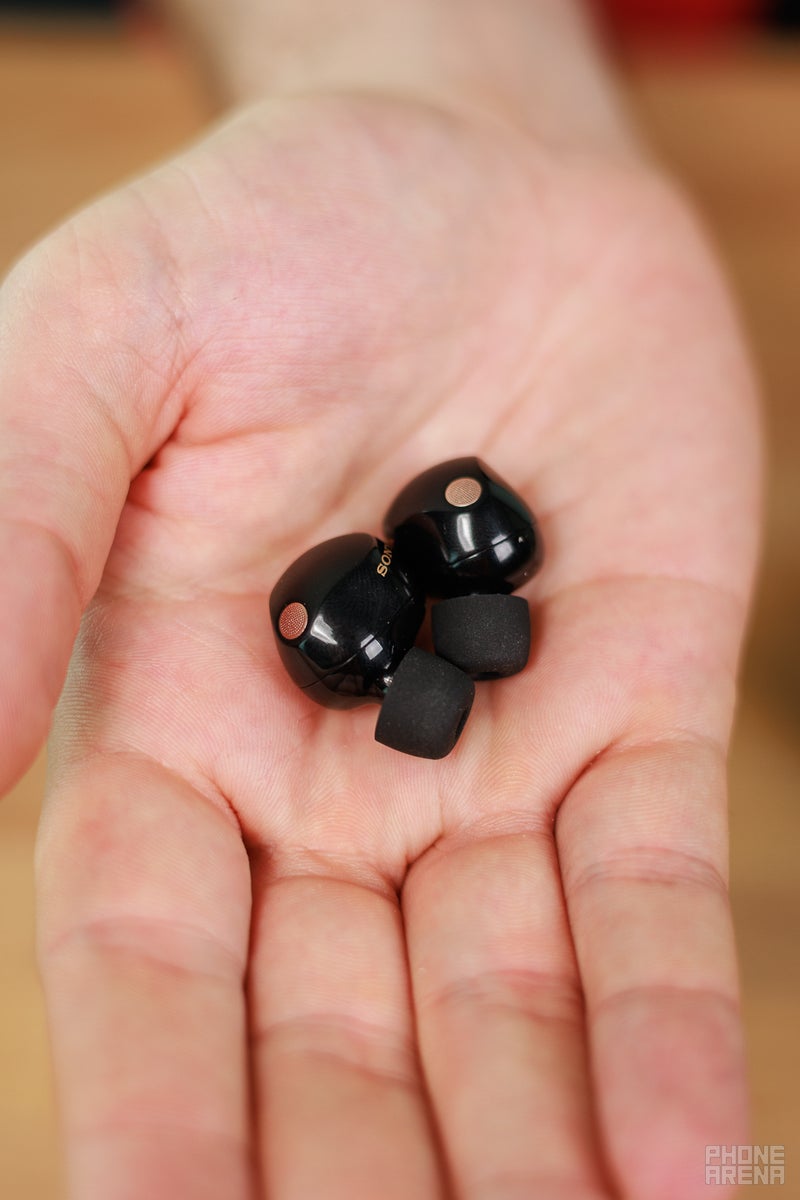

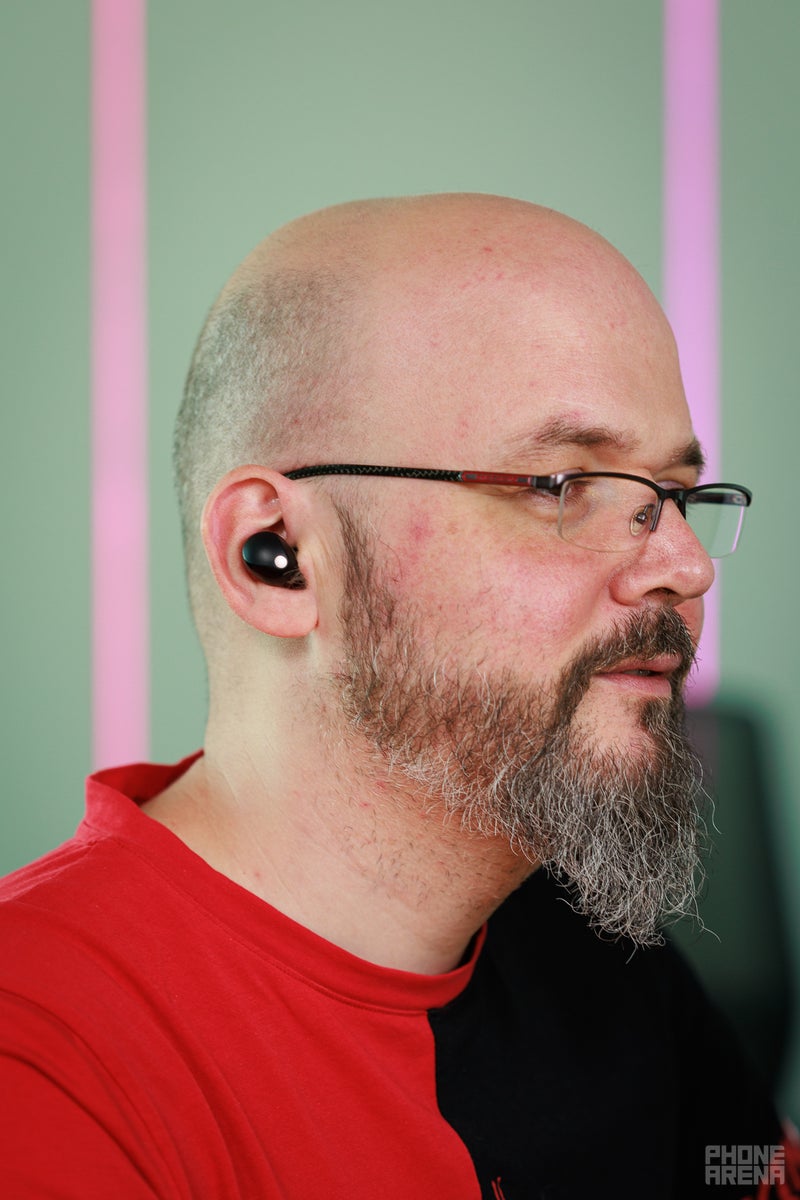
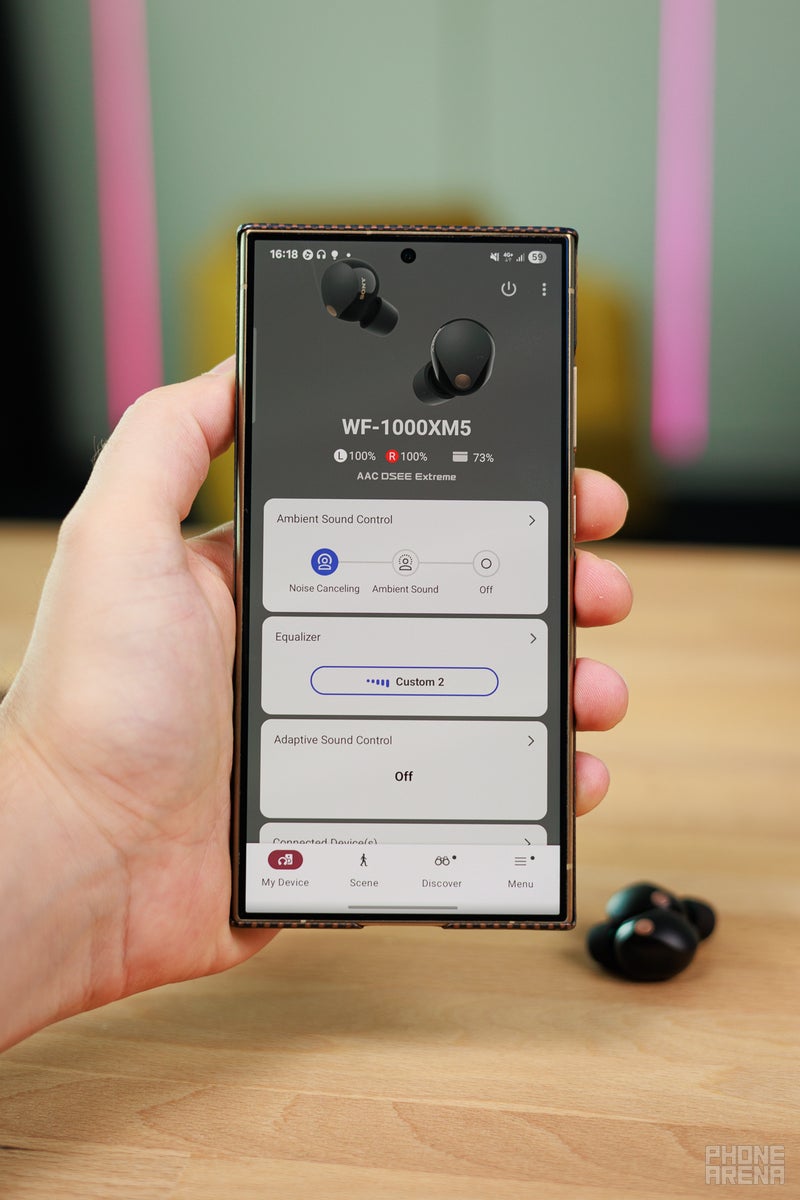

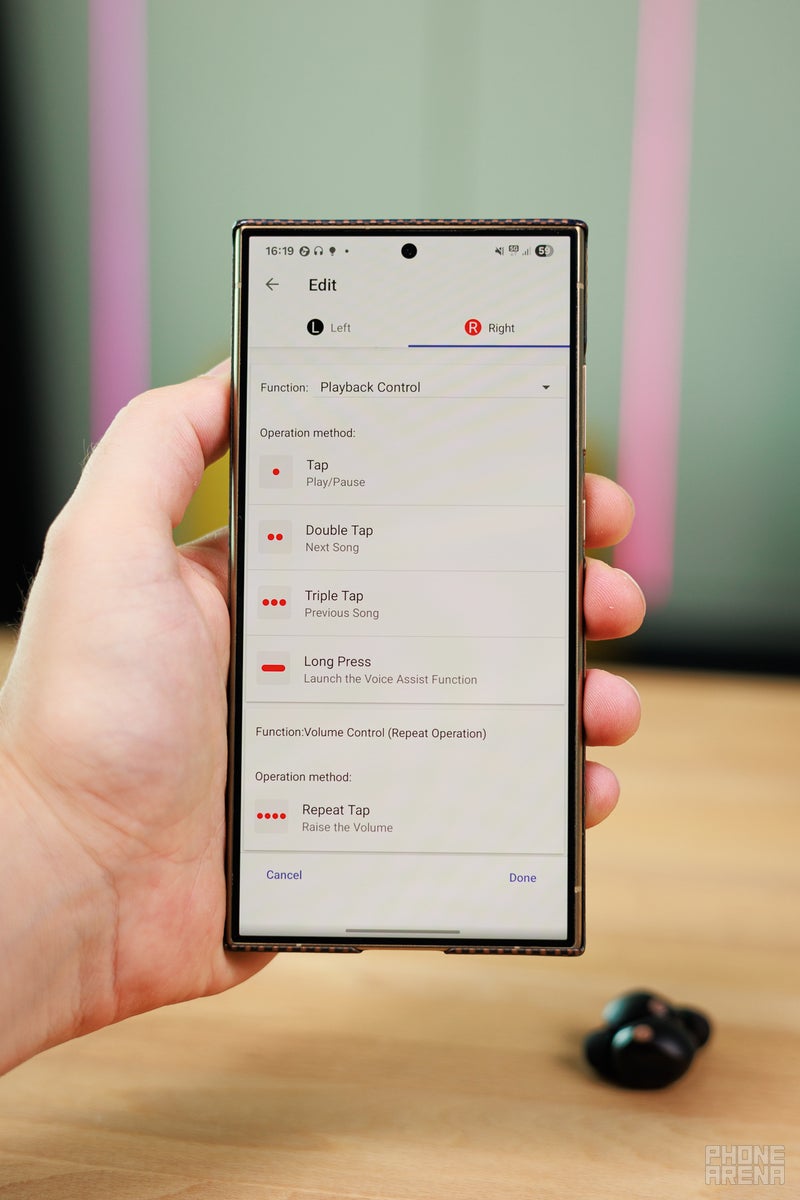
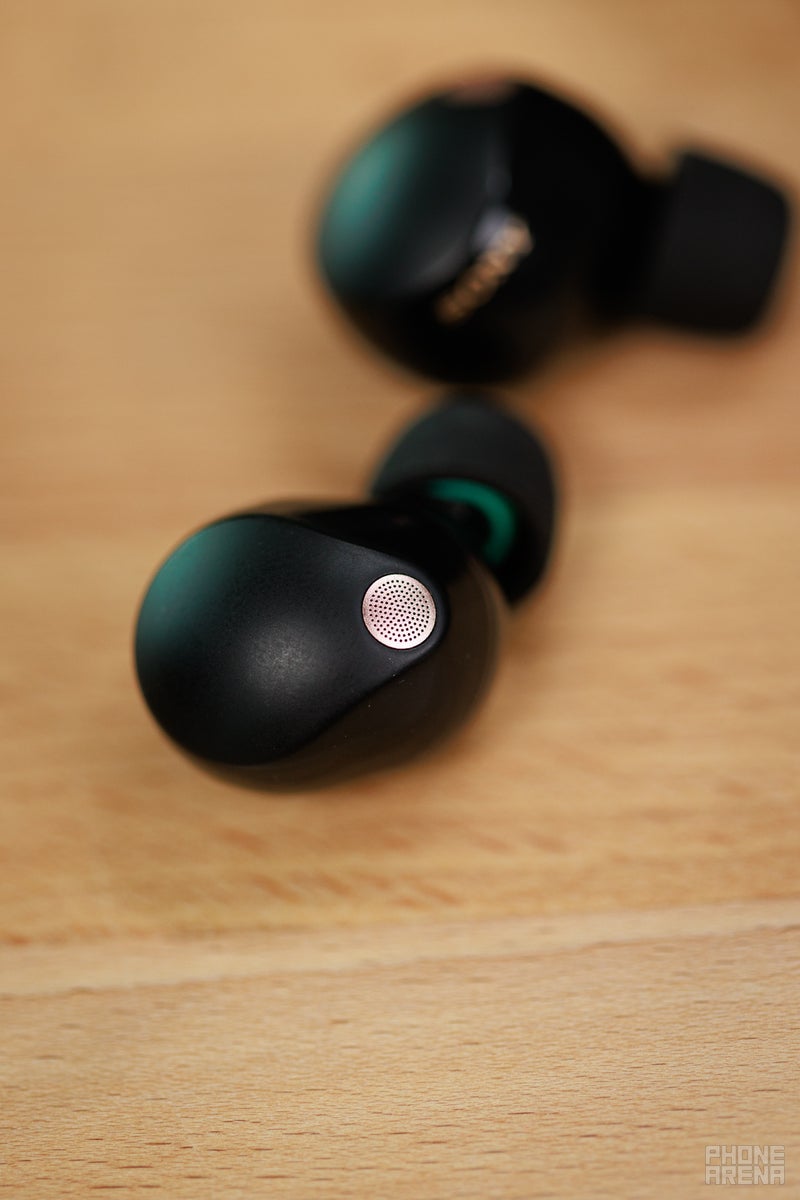


![Some T-Mobile users might be paying more starting in March [UPDATED]](https://m-cdn.phonearena.com/images/article/176781-wide-two_350/Some-T-Mobile-users-might-be-paying-more-starting-in-March-UPDATED.webp)

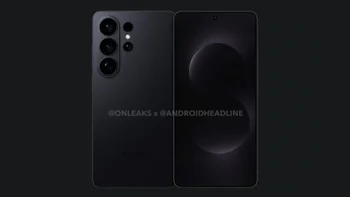









Things that are NOT allowed:
To help keep our community safe and free from spam, we apply temporary limits to newly created accounts: